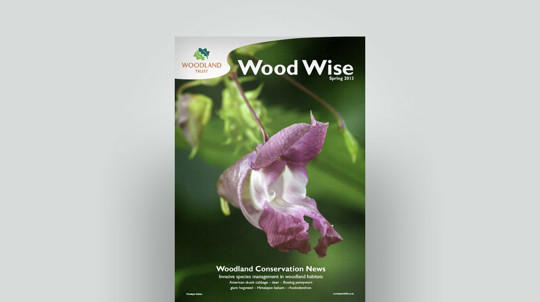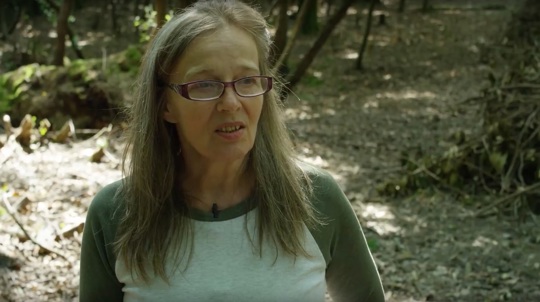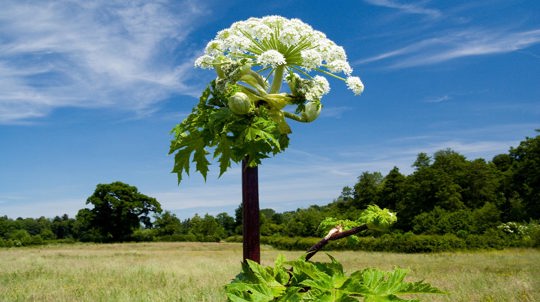Each year, Invasive Species Week aims to raise awareness, prevent the spread of invasive non-native species and reduce their impact. The GB Non Native Species Secretariat started the event in 2015.
How invasive non-native species threaten our woods

Assistant conservation evidence officer
Around 2,000 non-native plant and animal species have been introduced to the UK. The results have caused irreparable damage and changed our landscapes forever. Here's a closer look at three invasive species, the impact on our woods and what you can do to help reduce the impact.
What is an invasive non-native species?
Put simply, a non-native species is one that has been transported from its native range to a new region with help from humans.
Most non-native species are harmless. An invasive non-native species (INNS) is one that has a negative impact on the environment, economy or our health and way of life. Around 10-15% have become invasive and have a negative impact in some way.
Why should we care?
The overall impacts of INNS are startling. They cost the UK economy at least £4bn a year and have led to dramatic declines of some native species, including water vole, white-clawed crayfish and red squirrel.
Globally, invasive non-native species are one of the main drivers of biodiversity loss. A 2023 IPBES report stated that invasive alien species have played a key role in an astonishing 60% of global plant and animal extinctions, and been the sole driver in 16%.
The impact on our woods
Our woods are affected by invasive species in many ways. For example, non-native deer introduced for hunting have become a serious issue. Without natural predators, deer numbers can grow unchecked and the increasing population feeds on tree saplings and hampers the process of natural regeneration. While native deer are also a problem, herds of non-native fallow, sika, muntjac and Chinese water deer exacerbate the problem and are considered invasive. These deer are preventing the next generation of trees developing.
Perhaps one of the best known invasive non-native species is grey squirrels. Brought over from America in the 1870s, they strip the bark of trees and have devastated our native red squirrel population by competing for food and transmitting squirrel pox.
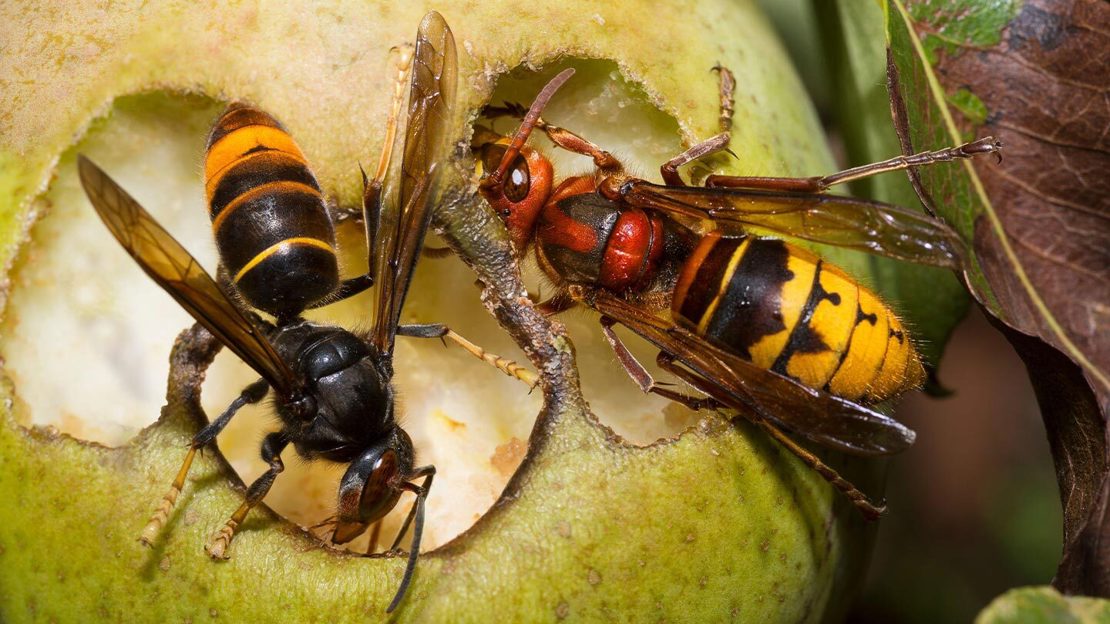
Asian hornets on the rise
Asian hornets (Vespa velutina) have spread across Europe and now pose significant threat to the UK's native pollinators. Insects are a keystone in our ecosystem. As well as our food crops, they pollinate our wild trees and wild flowers, which then support other insects, in turn supporting birds, bats, mammals and everything up the food chain.
Asian hornets prey on these insects, including hoverflies, honey bees and other wasps, and can decimate populations. When a hornet finds a colony of bees, it will return again and again to feed on them until the colony collapses. Their presence could do untold damage to our woodland wildlife and throughout the landscape.
Spotting tips
Nesting low in hedges and brambles or high in trees, Asian hornets are mostly black with a thick orange band on the abdomen and yellow tips on their legs. Look for them feeding on flowering and fruiting plants like ivy, apples and grapes.
How to report sightings
Numbers of Asian hornets are the highest ever this year with 60 nests found, mostly in the south of England. If you've spotted one, report it using the Asian Hornet Watch app for iPhone or Android or the CEH online recording form. A photo is useful but please take care - Asian hornets aren't naturally aggressive but can sting in defence.
Japanese knotweed threat
It's not always clear from the outset that a species will become invasive. Many of the more harmful INNS plants started out as ornamental garden plants. But without natural predators from their home range, they grow uncontrollably.
Japanese knotweed (Fallopia japonica) was introduced as an ornamental garden plant by the Victorians. It’s now common in urban areas, especially on wasteland, railways, roadsides and riverbanks. Tough enough to grow through asphalt, it can lead to structural damage and increased costs. It affects our woods too, by:
- outcompeting native species
- contributing to river bank erosion and increasing the likelihood of flooding.
Even the smallest fragment of root can grow a new plant so it spreads easily, making it challenging and expensive to manage. In fact, Japanese knotweed is so problematic that it’s a criminal offence to plant it or cause it to grow in the wild.
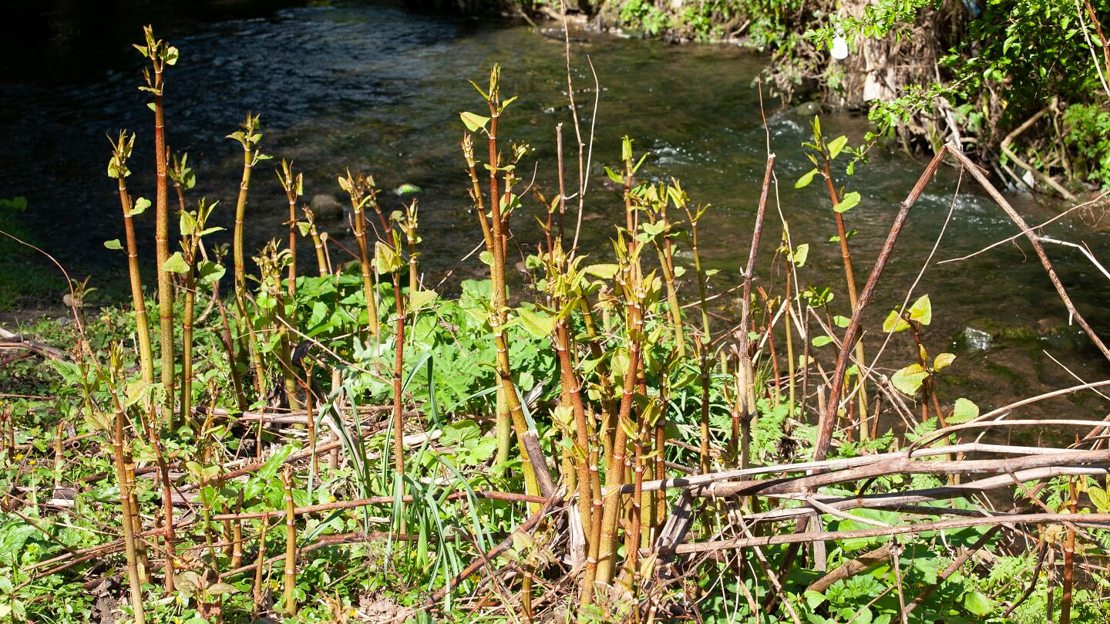
Rhododendron is a problem in at least 40% of Scotland's rainforest where it threatens to choke the woodlands and prevent distinctive flora from surviving.
Devil in disguise: rhododendron
Invasive plant species can also harbour or spread diseases. The Victorians introduced rhododendron (Rhododendron ponticum) as an ornamental shrub for its pretty spring flowers. But its effect on the landscape is significant, especially in wetter western parts of the UK where it thrives. It can carry the tree disease Phytophthora ramorum, which has killed thousands of larch trees. The rhododendron doesn’t die immediately, instead acting like a reservoir for the disease and allowing the Phytophthora to release spores onto nearby trees.
Rhododendron is also poisonous to livestock and casts such dense shade that nothing else will grow near it.
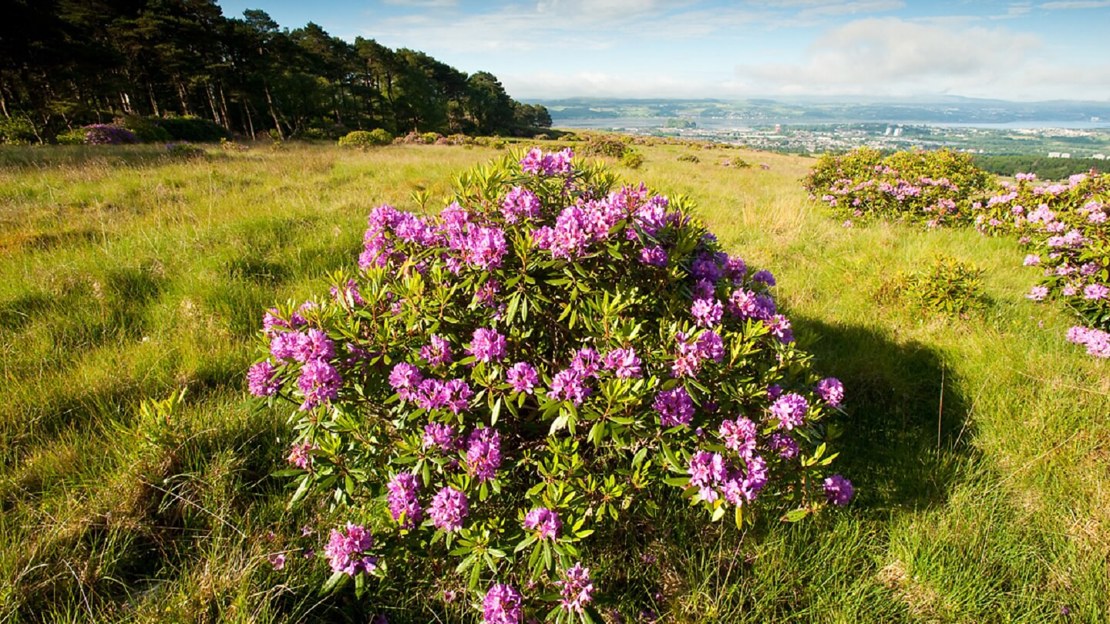
What can we do?
We can all help reduce the spread of invasive non-native species.
- Like to paddle, fish or sail? Follow the Check, Clean, Dry process for equipment and clothing after leaving the water to help avoid spreading invasive aquatic species.
- Dispose of plants responsibly, including from ponds or aquariums. Don’t dump them in the wild - Be Plant Wise
- Take care of your pets. Never release them, or allow them to escape, into the wild.
- Check the latest species alerts from the Non-Native Species Secretariat (NNSS) and be aware of what to look out for.
- Enjoy being outside and want to try something new? You could volunteer with a Local Action Group working on the management of invasive non-native species. Some of our volunteer roles involve monitoring and managing species in our woods too. Check our latest volunteering opportunities below.
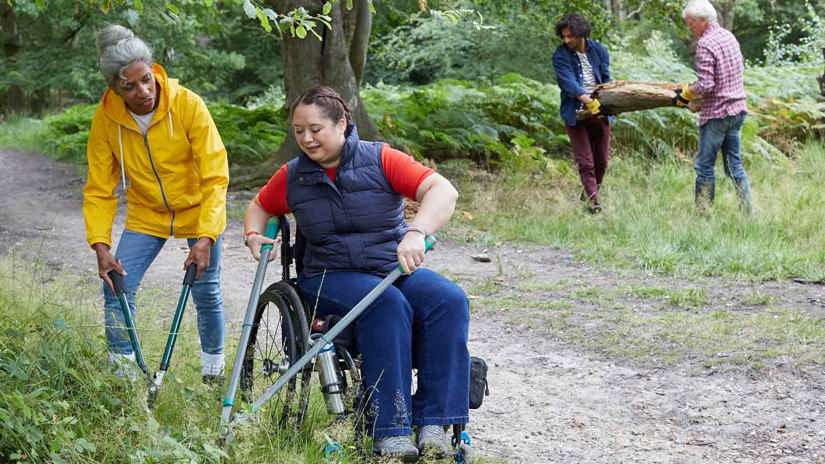
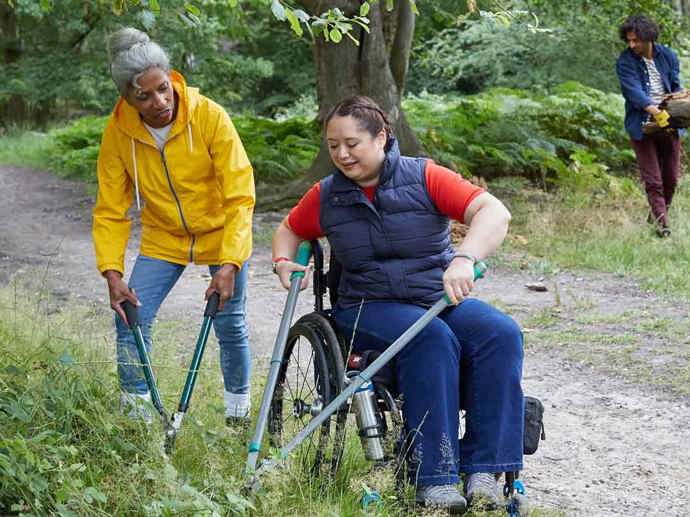
Volunteer with us
Every year, thousands of people give their precious time to help us protect and care for woods and trees.


